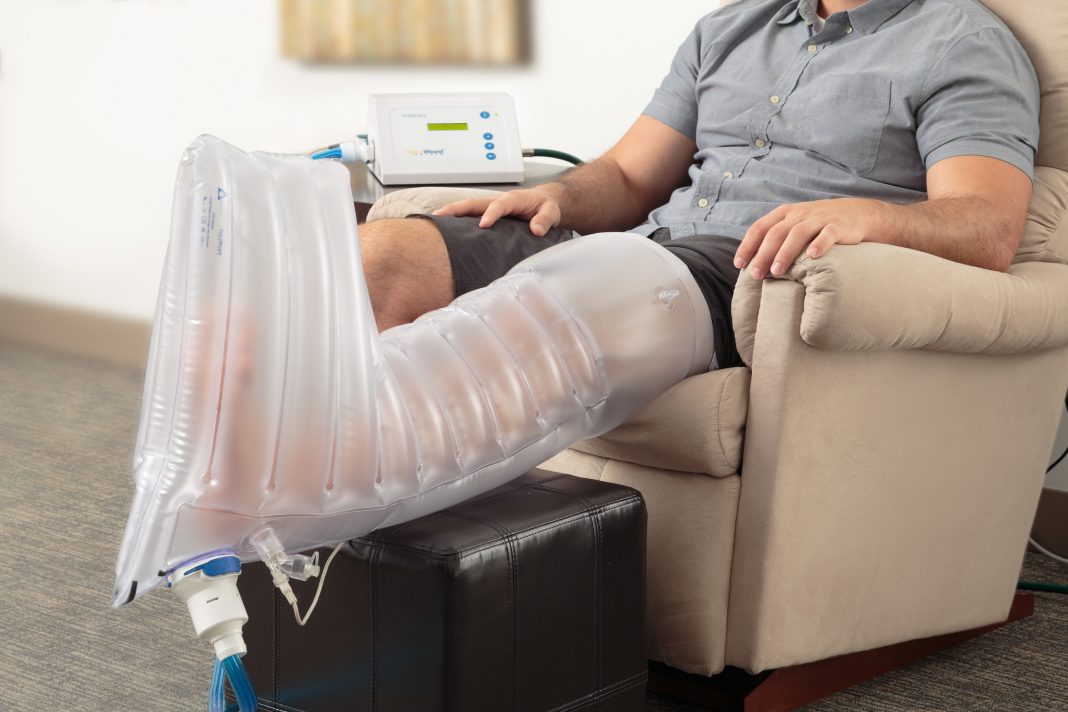Advanced Oxygen Therapy Inc. (AOTI) today announced that 2,000,000 treatments of its unique cyclical-pressure Topical Wound Oxygen (TWO2) therapy have now been applied by patients safely at home.
Additionally, a high-quality paper published on April 19, 2021 in the journal Diabetic Medicine, entitled Topical oxygen therapy for diabetes-related foot ulcers: A systematic review and meta-analysis (https://onlinelibrary.wiley.com/doi/10.1111/dme.14585), from the team headed by Professor Golledge at the independent Queensland Research Centre for Peripheral Vascular Disease (QRC-PVD), James Cook University, Queensland, Australia, conducted a detailed meta-analysis of six recent RCTs involving 530 participants and concluded that “TOT significantly increased the likelihood of ulcer healing compared to controls” with the three trials judged to provide a low risk of bias producing a “Risk Ratio (RR) of (2.37; 95% CI 1.52, 3.68; I2 = 0%).”
The authors went further in assessing the quality of all the studies analyzed, utilizing a modified version of the foremost Cochrane Collaboration’s tool, with our TWO2 study published in Diabetes Care in 2020, entitled A Multinational, Multicenter, Randomized, Double-Blinded, Placebo-Controlled Trial to Evaluate the Efficacy of Cyclical Topical Wound Oxygen (TWO2) Therapy in the Treatment of Chronic Diabetic Foot Ulcers: The TWO2 Study (https://doi.org/10.2337/dc19-0476), being highlighted by a perfect 100% score.
Dr. Mike Griffiths commented: “It is refreshing to see a leading independent systematic review and meta-analysis not only affirming the now clearly proven complete healing efficacy of topical oxygen therapy, but also emphasizing the importance of the quality of such evidence, especially that supporting our unique TWO2 approach. The TWO2 study investigators purposely developed their protocol to address deficiencies and commonly seen areas for bias in most DFU studies. This included meeting all the points detailed in the 21-item checklist proposed by Professor Jeffcoate et al., in their paper entitled: Current Challenges and Opportunities in the Prevention and Management of Diabetic Foot Ulcer, published in Diabetes Care in 2018 (https://doi.org/10.2337/dc17-1836). As the saying goes, Quality Matters!”
